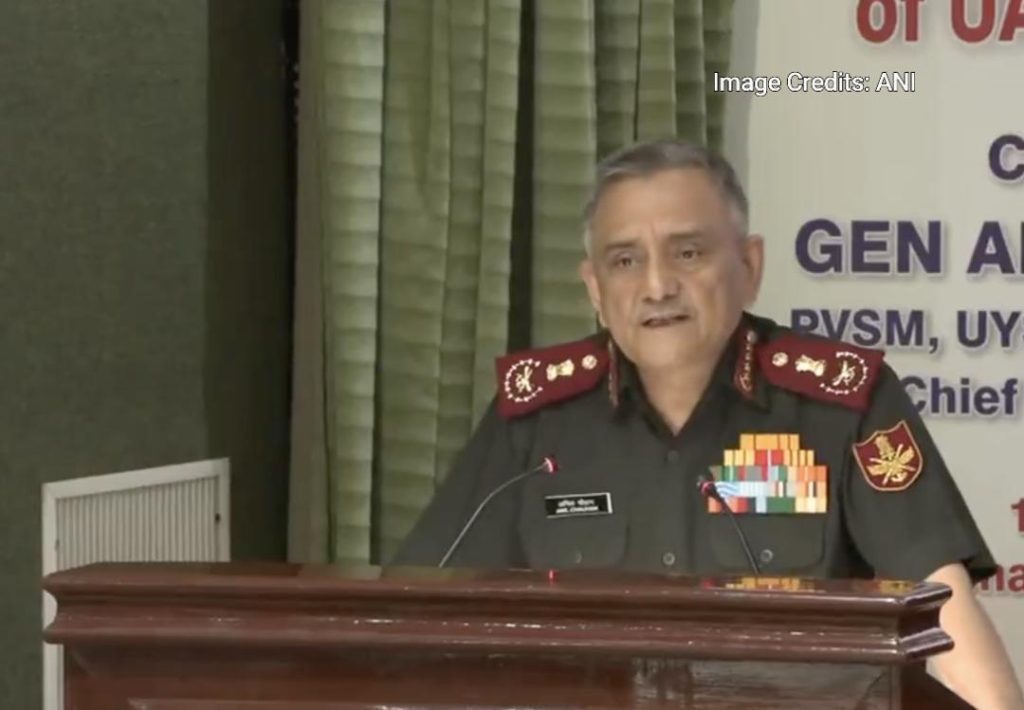
Pak Used Unarmed Drones & Loitering Munitions: CDS Anil Chauhan
The recent conflict between India and Pakistan in May has left many questions unanswered, especially regarding the use of unmanned aerial vehicles (UAVs) and loitering munitions by the Pakistani military. In a recent statement, Chief of Defence Staff (CDS) General Anil Chauhan shed some light on the matter, revealing that Pakistan used unarmed drones and loitering munitions during the conflict. However, according to General Chauhan, none of these weapons caused any damage to the Indian military or civil infrastructure.
In an interview, General Chauhan stated that most of the Pakistani drones and loitering munitions were neutralized through kinetic and non-kinetic means. Kinetic means refer to the use of physical force or weapons to destroy or disable the enemy’s equipment, while non-kinetic means involve the use of tactics such as electronic warfare, cyber warfare, or psychological operations to disrupt the enemy’s command and control systems.
General Chauhan also revealed that some of the Pakistani drones and loitering munitions were recovered in almost intact conditions, suggesting that they were either shot down or forced to make an emergency landing. This information is significant, as it provides insight into the capabilities and limitations of the Pakistani military’s unmanned aerial systems.
The use of unarmed drones and loitering munitions by Pakistan is not a new development. In recent years, there have been several instances where Pakistani drones have been spotted along the India-Pakistan border, particularly in the Kashmir region. However, the military implications of these drones have often been exaggerated, with some reports suggesting that they are capable of carrying significant payloads and causing extensive damage.
In reality, the majority of Pakistani drones used during the recent conflict were likely armed with cameras, sensors, or communication equipment, rather than weapons. These drones are designed to gather intelligence, monitor troop movements, and conduct reconnaissance missions, rather than engage in combat.
The use of loitering munitions, on the other hand, is a more recent development in the conflict between India and Pakistan. Loitering munitions are a type of drone that is designed to loiter over a target area for an extended period, waiting for the opportunity to strike. They are often used to attack stationary or slow-moving targets, such as tanks, artillery, or troop concentrations.
However, General Chauhan’s statement suggests that the Pakistani military’s loitering munitions were not effective during the recent conflict, and that they were either neutralized or failed to cause significant damage to Indian military or civil infrastructure.
The lack of effectiveness of Pakistani drones and loitering munitions during the recent conflict may be attributed to several factors, including the Indian military’s robust air defense systems, advanced radar networks, and effective jamming capabilities. The Indian military has also invested heavily in developing its own unmanned aerial systems, including combat drones and surveillance drones, which have been used to great effect during recent conflicts.
In conclusion, General Chauhan’s statement provides valuable insight into the use of unarmed drones and loitering munitions by Pakistan during the recent conflict in May. While the Pakistani military may have used these systems to gather intelligence and conduct reconnaissance missions, they failed to cause significant damage to Indian military or civil infrastructure. The Indian military’s robust air defense systems and effective jamming capabilities appear to have played a significant role in neutralizing these threats, and the use of unmanned aerial systems by both countries is likely to continue to evolve in the future.






